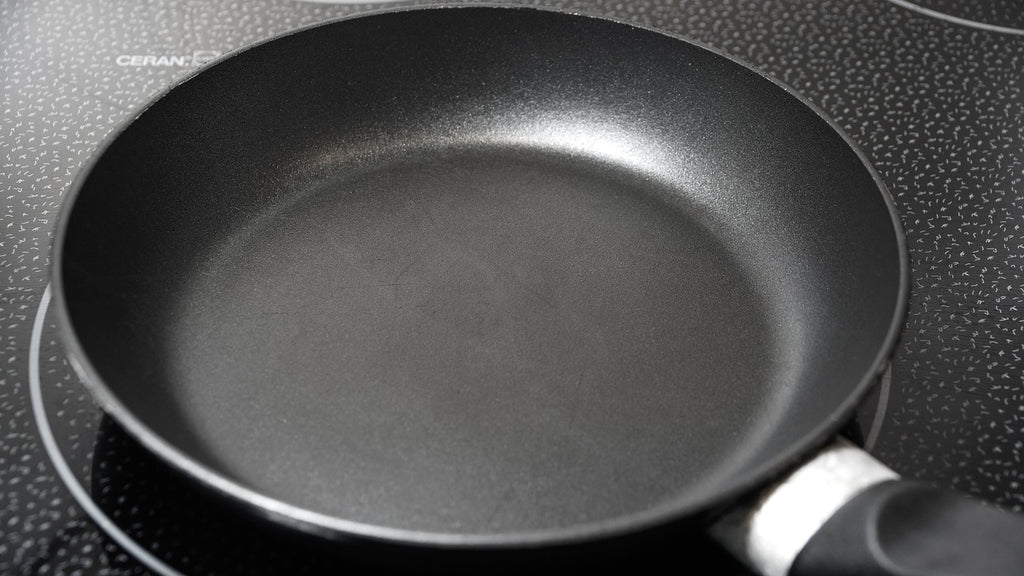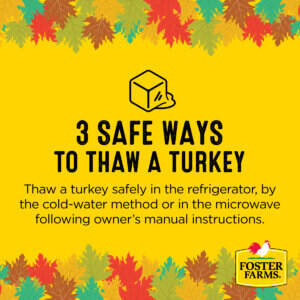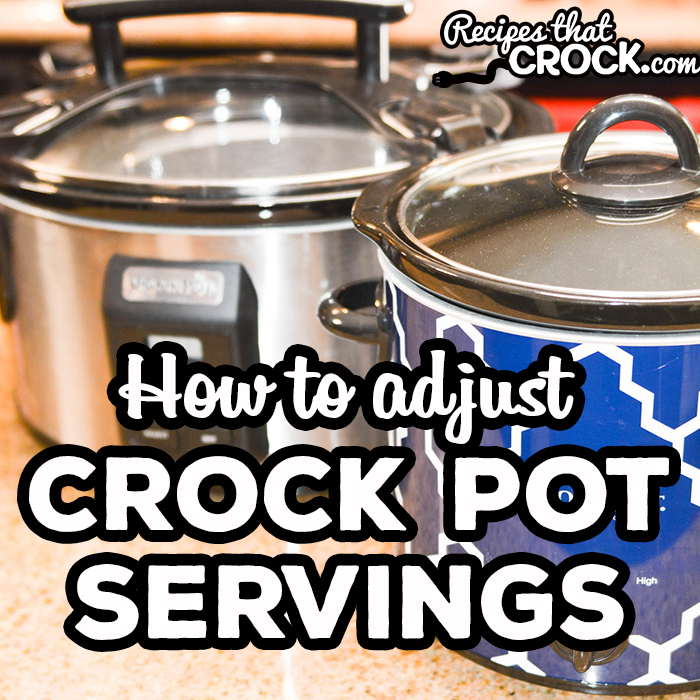
When it comes to cooking skills for kids, there are several different age ranges and levels of difficulty. While the basic techniques can be used by younger children, older children might need assistance. Three- to five-year-olds are the ideal age. These are some of the best kitchen tasks for kids. These activities can be used as a jumping off point for more complicated cooking and grocery list preparation. There are basic cooking skills kids can learn, regardless of their age.
Basic cooking skills
It doesn't matter if you want to teach your child how to cook or improve their skills in the kitchen, basic cooking skills will be crucial to any successful mealtime. There are many age-appropriate skills for cooking, but some require more supervision. These are the main guidelines to keep in mind:
Age range
At this age, children are able to wash their hands, follow simple recipes and do the work themselves. Eventually, they will begin to understand the concepts of putting together food, such as mixing ingredients and slicing ingredients. This is also a great time to introduce basic kitchen tools, such as the oven. As they continue to grow and learn, they can even start to make changes to recipes and to use more complicated kitchen appliances.
Techniques
Cooking together with your child has many benefits. It's a great way to build vocabulary while bonding with your child. It's also a fun way to share a responsibility with them. Cooking for a toddler is a time-consuming task that requires patience. Simple recipes should be easy enough for them to master. You don't need to cook for long. Consider dishes with unusual textures and colours. These techniques will make cooking fun for everyone.

Getting kids involved in the kitchen
A great way to make dinnertime enjoyable for all is to get your kids involved in the kitchen. It can also help them learn valuable life skills. Although newborns don't have the skills to cook, they can learn basic cooking techniques in the kitchen. Allowing them to experience cooking in the kitchen will help you normalize this activity. As they get older, cooking will become more interesting to them. They'll be more interested in cooking as they age.
Food presentation
It doesn't matter if you cook for your family or for your kids, the importance of food presentation is paramount. Food presentation has a huge impact on children's eating habits. Here are some suggestions to help your food look its best. There are many fun garnishes that you can use, including carrot curls as well as radish petals. Be sure to supervise your children when they are using knives. If your children have any questions regarding how to use knives, an adult can help.
Measurements
You can teach your kids measurements, which will help them improve their math skills. This skill can be beneficial for your child's time and sense of time. Kids will learn to compare quantities and make estimations with utensils and cups. These skills will be useful when they go on to more complicated math classes in school, such as pre-algebra and geometry. This doesn't mean that the learning stops there. Children will develop fine motor skills, enhance their sequencing skills, increase their reading ability, and improve their fine motor skills.
Self-confidence
Cooking skills are a great way to build self-confidence and teach children healthy habits. Learning how to cook from scratch is a better way to teach children healthy habits that will last into adulthood. Furthermore, it will give your child something to be proud about, which will improve their self-confidence. Cooking is a great way to build family bonds and instill a sense o responsibility in your child.

FAQ
What is the minimum requirement to become a chef?
No. Many chefs learned their craft on their own. Some chefs even attended culinary school to gain more experience. Many chefs prefer to attend culinary school for the increased opportunities to learn and grow as professionals. Culinary schools provide hands-on training that helps students develop valuable skills and enhance their culinary knowledge.
Which is the best way for you to learn how to cook?
Cooking is something that everyone should be able to do. If you don't know how to cook, you miss out on some great food experiences. When learning how to cook, the first thing to do is find a recipe you love and follow it closely. Next, you'll want to practice making small changes to the recipe until you feel comfortable making the dish yourself. Finally, try cooking for others. This will help you improve at cooking and also allow you to test your skills.
Are there any ingredients that I must buy in order to make a meal?
You don't have to buy all ingredients. Premade sauces can be found in most grocery stores. Pre-made meals are a great way to save money.
What should a beginner chef learn?
An easy dish to start with is pasta, rice, or soup. If you want to learn how to cook, go for a recipe book or YouTube video. Cooking is fun when you do it with someone else. Have a group of friends cook, or cook together.
How do you get hired as a Chef?
A culinary arts degree is the first step to a career as a chef. Next, join a professional organisation such as ACF. The ACF offers certification exams and networking opportunities.
Is there a better career path for someone who dreams of becoming a chef? How do I begin my career as chef?
As an apprentice, you can start your journey to becoming a chef. Apprenticeships are a way to earn a living while you learn. After you complete your apprenticeship, it is possible to apply for a job as a sous-chef. Sous chefs oversee cooks and help them make salads and desserts. They also oversee the restaurant's operations.
Can I learn how to cook together with my children?
Yes! Yes! It's a great way to teach responsibility and teamwork. Children can help in everything, from washing vegetables and cutting onions. If your children follow safe practices when handling knives, they will enjoy helping you cook.
Statistics
- In the United States, the category is estimated at $23.2 billion annually and is growing faster than the market. (washingtonpost.com)
- You'll be amazed that over 90% of CIA students receive scholarships and grants to finish their culinary studies. (ischoolconnect.com)
- under 10 Kids have been taught that there is special food just for them, and Fiese says that 10 percent of kids will throw a tantrum if they don't get the food they want. (washingtonpost.com)
External Links
How To
How to make a perfect eggroll
Omelets is one of my favourite breakfast foods. How do you make them perfect? Many different recipes and methods have failed to work for me. Today, I'd like to share some tips with you in order to make delicious and fluffy omelets every day.
It is important to know that eggs can be temperamental when making omelets. It is important that eggs are fresh from an organic market and kept cool until used. If you don't keep them cold enough, the whites won't form properly, and the yolks will break down too much and become runny. Your omelets will look strangely colored if this happens. If you're going to cook them immediately, it is best if the eggs are still warm.
Another tip is to separate your egg before adding it into the pan. It is important not to allow any white to mix with the yolk as this could lead to the omelet becoming curdled.
The egg can burn if it is placed directly on the stovetop. Instead, heat the egg in a microwave for 10 seconds and then place it in a pan. The microwave heat will cook the egg just right without making it too hot.
Next, let us talk about how to mix the eggs. You want to mix the eggs thoroughly before you add them. You need to turn the bowl of the mixer upside down. Next, shake the bowl vigorously. By doing this, the egg is thoroughly mixed with the air in the bowl.
Now it's time to have fun: pour the milk into the mixture. The first step is to pour half of the milk in the beaten eggs. Next, fold the eggs into the remaining milk. Do not be alarmed if there are still egg streaks visible. Once the omelet flips, these streaks will disappear.
After you have folded the eggs, heat the oil in a pan over medium heat. Once the oil has started to sizzle, turn the heat down to low. Once the oil has gotten hot, add 1/4 cup of butter and swirl it around so that the entire pan is coated. Carefully open the pan's lid and add salt to the pan. A pinch of salt will help prevent the omelet from sticking to the pan.
Once the omelet has formed completely, cover the pan and let it set for a few minutes. Use a spatula to flip the omelet or turn the pan upside-down. Cook the other side for about a minute. Serve the omelet immediately by removing it from the pan.
This recipe works best with whole milk, but skimmed milk also works.